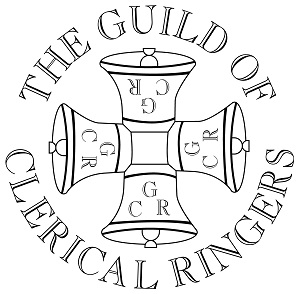If you want to understand the theology of the Methodist Church, it is said, look at its hymns. If you want to understand the theology of the Roman Catholic Church, look at its canons and catechisms, its legal rulings and judgments. If you want to understand the theology of the Anglican Church, look at its liturgy.
Liturgy is the word we use to describe the outward form that prayer and worship takes. It includes everything that is used when we gather for services: the words and music, the movements and actions, the processions and colours, and yes even the bells. Whether ‘high church’ or ‘low church’ the Anglican Church is good at putting services together, using the building blocks of tradition in new and innovative ways to transform and engage those who participate.
There has been a lot of liturgy on public display recently, not only at the state funeral of HM the Queen, but throughout the period of proclamation and mourning. Much of it has been publicly visible for the first time this year: the Privy Council’s meeting to proclaim the new King and the committal service at Windsor for the Queen being two notable examples. Ceremonies to mark the Queen’s death and the King’s accession have mixed the realms of civic and religious activity, and we have all had the opportunity not just to observe but to participate in them.
We want to get our liturgical roles right, because we know how powerful it can be. Liturgy can teach, change, inspire, reconcile. Hence the Great Muffle Kerfuffle – we wanted to get it right!
I know it is well intentioned, but I wonder if this is part of the reason that some of the government’s recent attempts to invent a secular liturgy have fallen a little flat. The one minute’s silence on Sunday evening before the state funeral was eclipsed by the day-long spectacle of specially crafted pageant and proclamation the next day. Previous attempts to encourage the ringing of doorbells and mobile phone alarms cannot compare to even a few minutes’ rounds and call changes, purposefully arranged and rung.
As a parish priest, I had a conversation with our Town Council about the Sunday evening silence. We agreed that without creating a formal ‘vigil’ with all the risk assessments and stewarding, welcome and dismissal – all the liturgy – that that would need, it was not really worth acknowledging, and we were doing enough of that already.
That decision might seem a little elitist, given that the point of the vigil was that everyone could participate on a level playing field. But one thing Anglican liturgy teaches us is that everyone has a distinct contribution to make, equal in worth; and that includes the congregation. That is true of ringing too – those who hear the bells are part of the performance, and contribute to turning mere performance into liturgy, whether religious, civic, social or otherwise.
So let us continue to make the effort to ring at important moments in the life of our communities, and realise the transformative effect we can have when we do.
Max Drinkwater
Haverhill & Withersfield,
Diocese of St Edmundsbury & Ipswich
Guild Member
